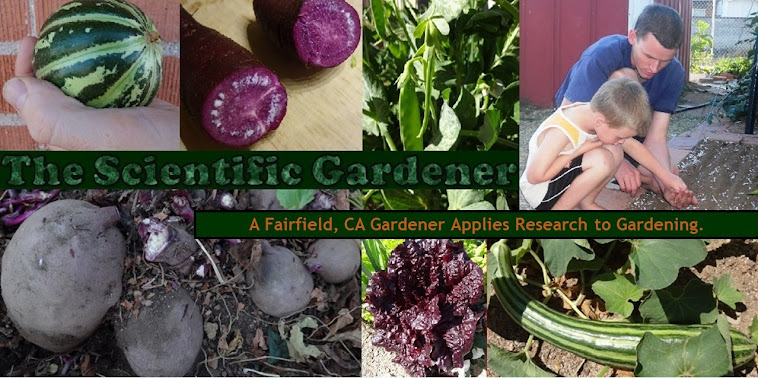While I have grown a lot of American style slicer cucumbers in the past, I really enjoyed growing the Poinsett 76 this year. Given the fact that there was a lot of competition for light, the fruit produced quickly and, compared to the other varieties I grew, was quite productive.
The Poinsett was apparently developed by Henry M. Munger and released by Clemson and Cornell to be resistant to a host of diseases. The fruit and the plant looked very good throughout the time that I grew them and I generally really enjoyed the process of growing the fruit.
I found the flavor of the fruit to be very good for an American slicer. Though noticeably shorter than a Marketmore 76, I found the taste and texture to be superior to the Marketmore.
Overall, I thought it was both fun and worthwhile trying out the Poinsett 76. For those who are looking for a favorable heirloom American slicer, this is definitely one worth trying out.























































